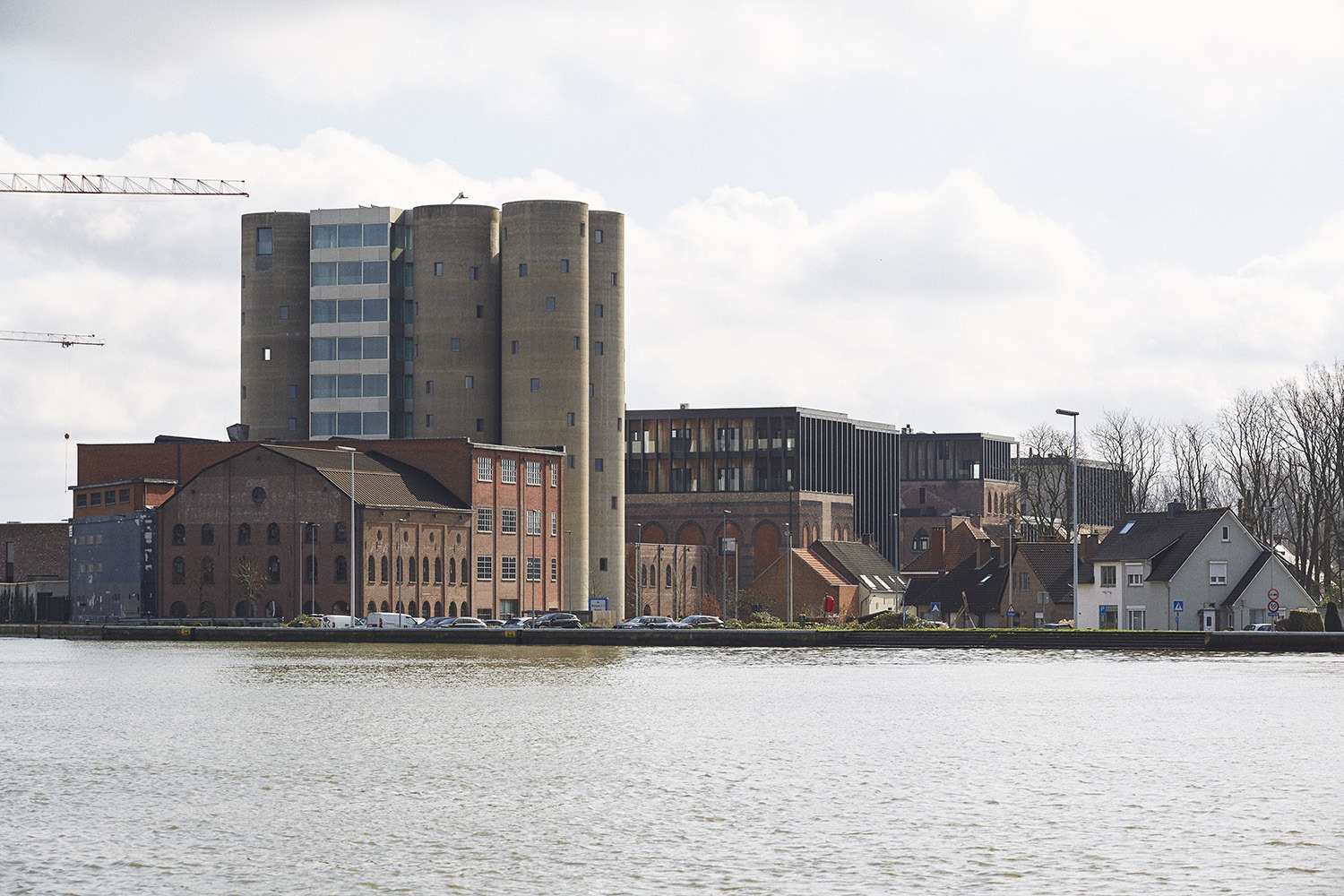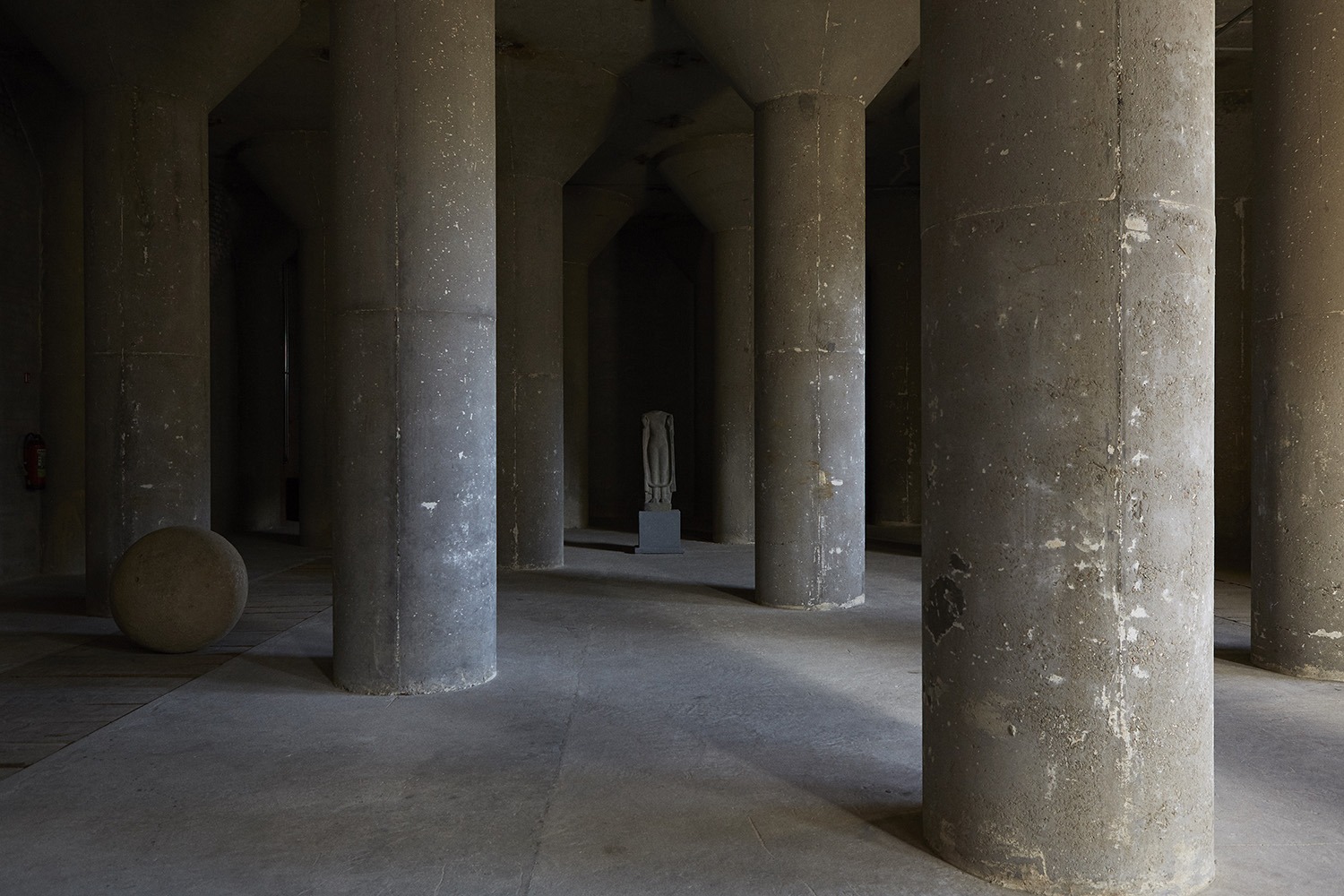The impressive concrete and brick figure on the riverbank is one of the most powerful images left in the memory of everyone who visits Kanaal. As you get closer its presence grows stronger, more powerful, overwhelming. At the doors, the heart shrinks ignoring that the journey is actually about to begin.
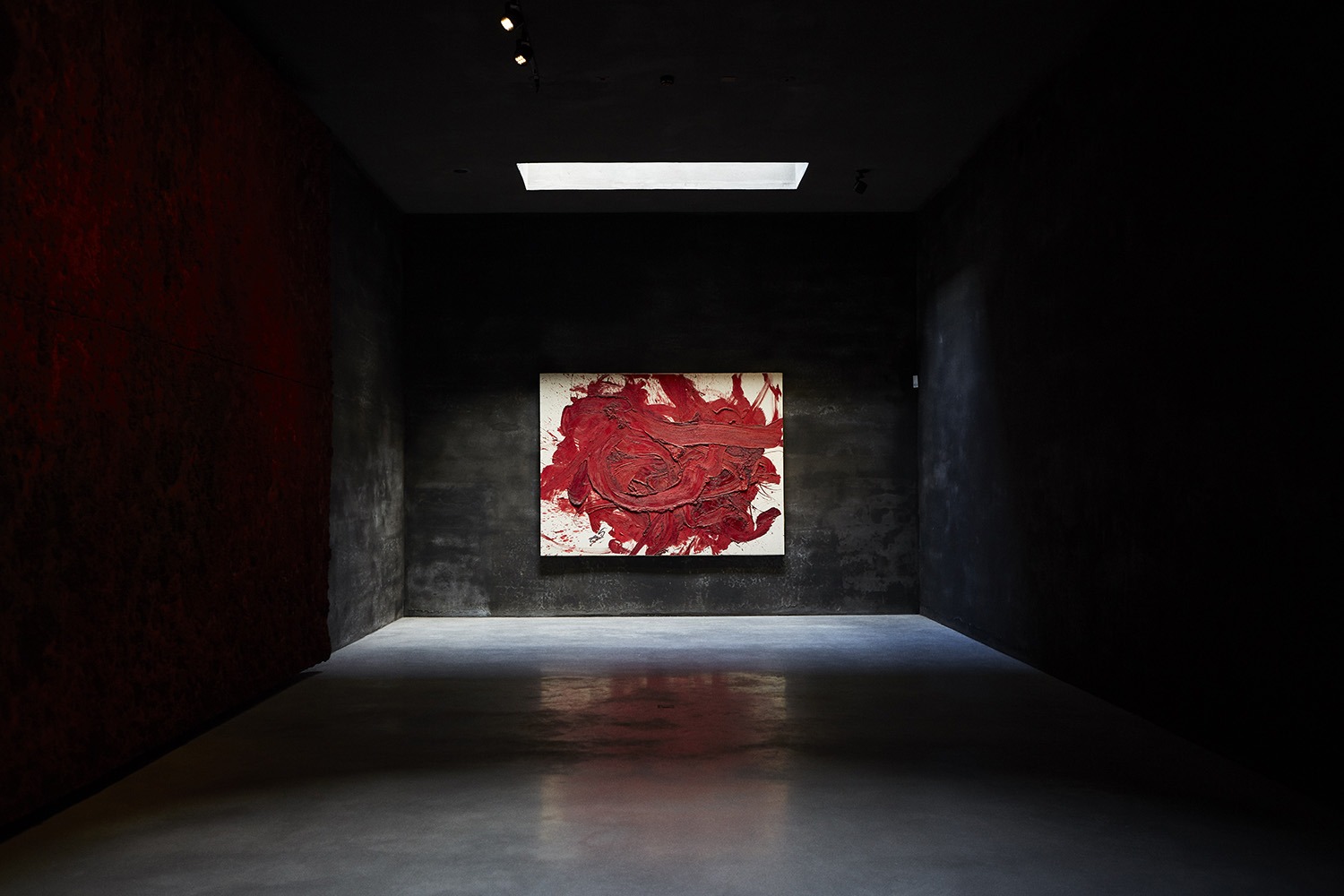
Kanaal is an important milestone in Axel Vervoordt’s life and represents the philosophy that this author began to develop with the acquisition and restoration of 16th century buildings at Vlaeykensgang in Antwerp in the late 1960s, and the restoration of the castle of ‘s-Gravenwezel in 1984. In both cases, Vervoordt conserved the character and soul of each place. This new approach gained immediate recognition all over and elevated Axel Vervoordt’s reputation to the category of “art connoisseur”.


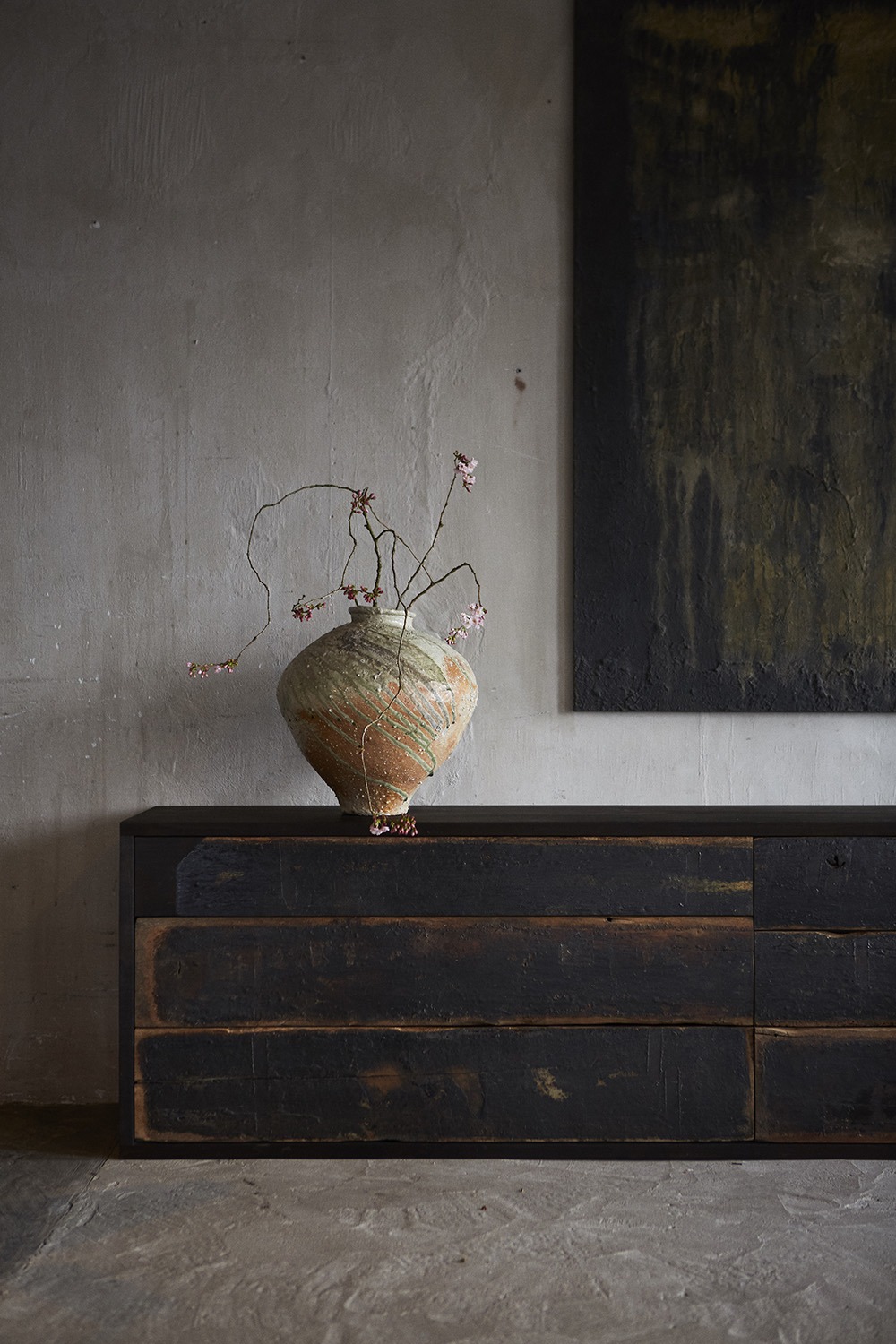
It was in 1998 when Vervoordt acquired Kanaal, a large brick and mortar industrial complex built during the second half of the 19th century on the banks of the Albert Canal. At the beginning, it was used as a warehouse but little by little, Vervoordt occupied its different spaces until it became what it is today: a cultural and residential complex with exhibition spaces, a multipurpose auditorium and permanent installations by important artists, as well as the headquarters of Vervoordt Company offices, showrooms and workshops.
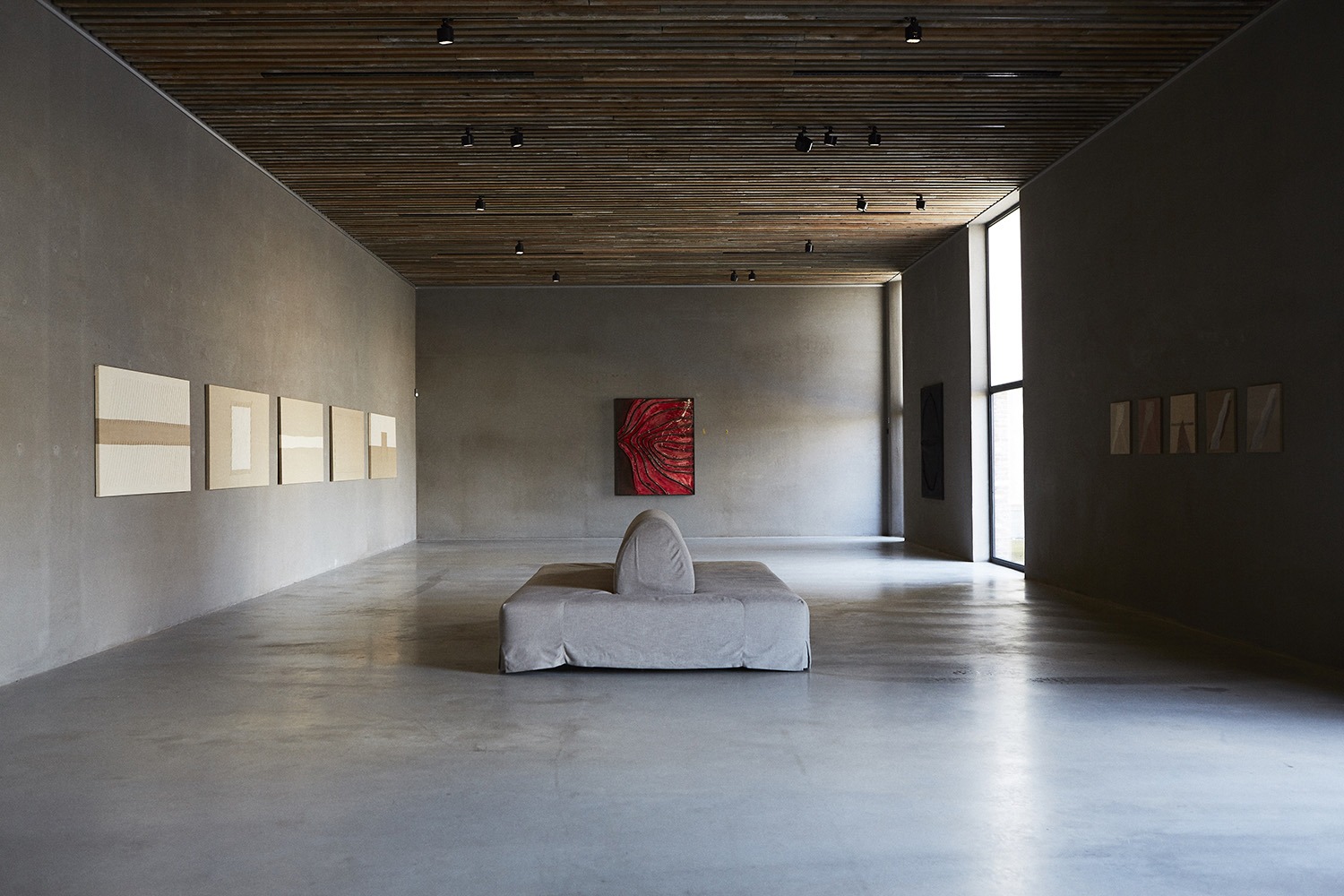
Over the past decade the industrial buildings have been restored and converted for contemporary use, with a number of new buildings added alongside. The project includes 98 apartments, 30 offices and supporting facilities, e.g. a fitness and a Japanese restaurant ‘K’. The site serves as the headquarters of the Vervoordt Company’s offices, showrooms and workshops, giving Kanaal the ambiance of a productive, dynamic, and enchanting village.
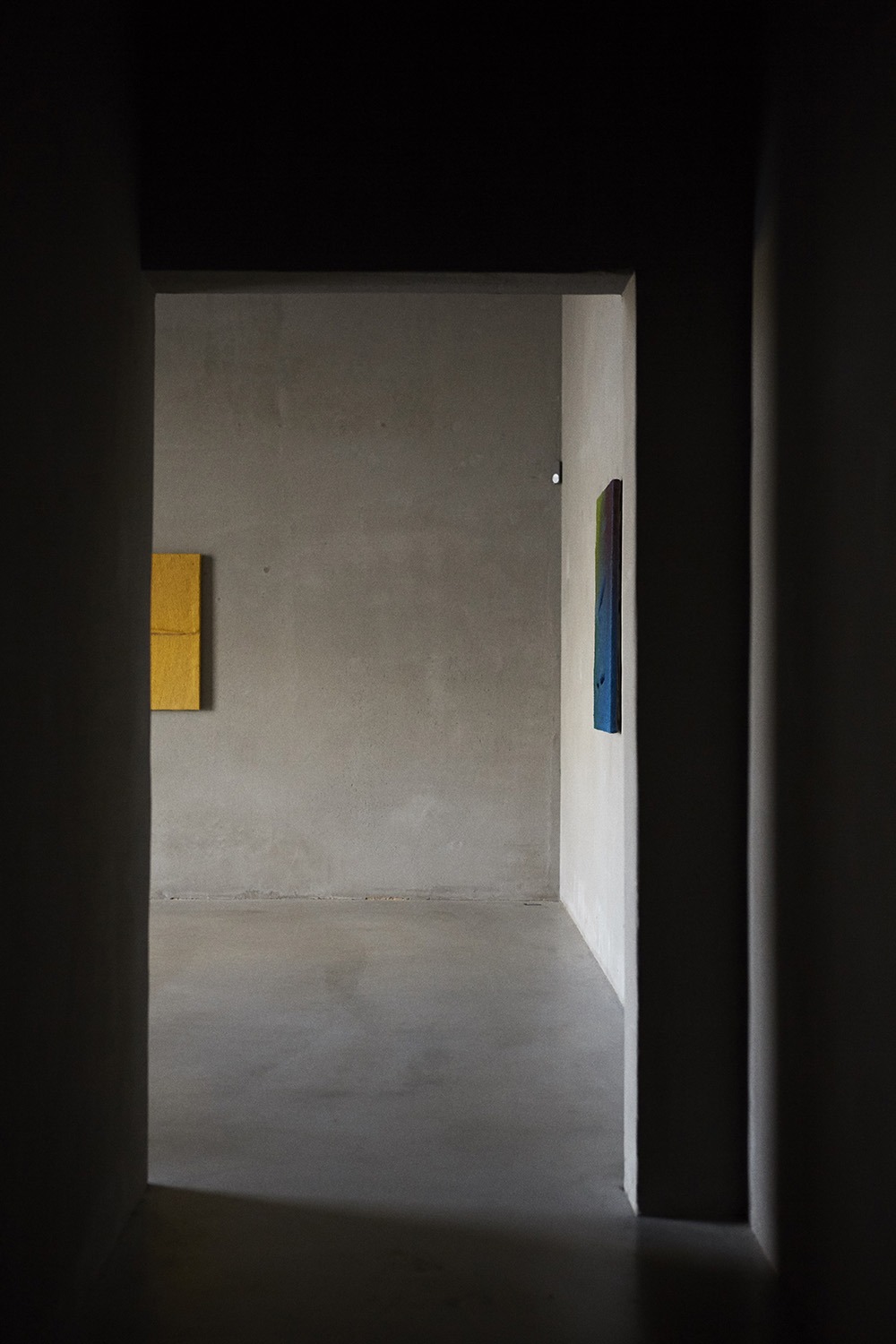
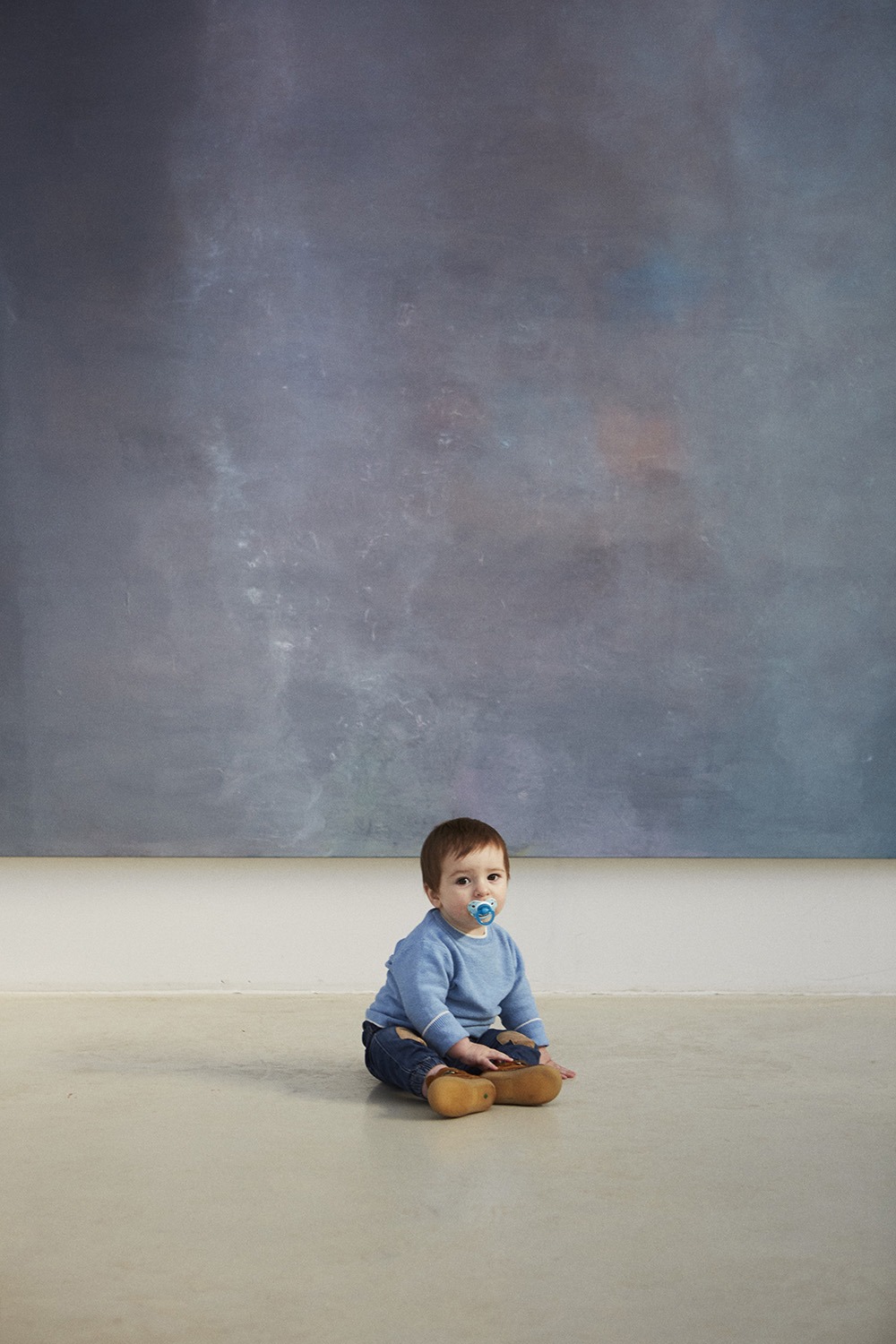
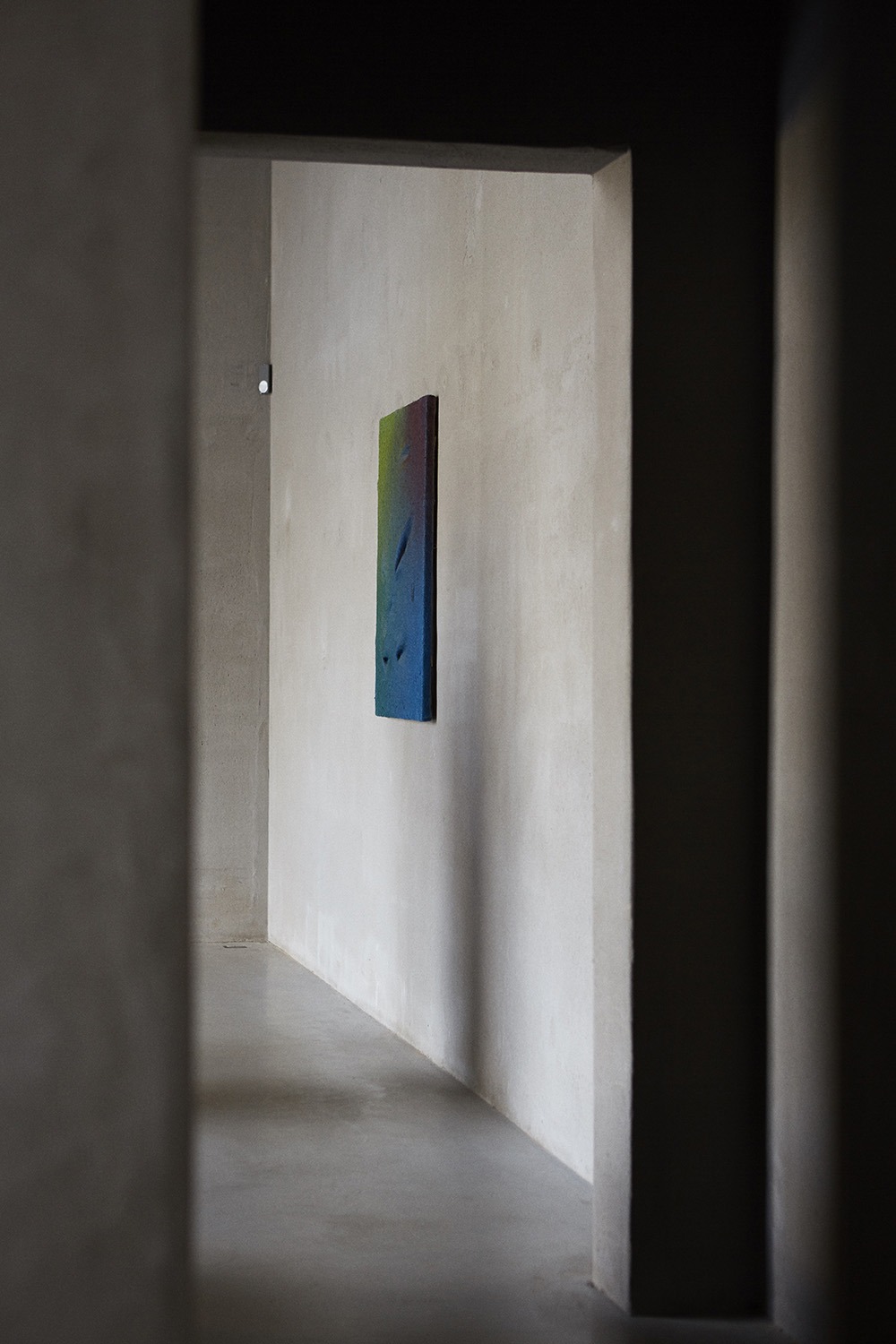
The complex has been conceived and designed by Axel Vervoordt in collaboration with leading Belgian architects Stéphane Beel, Coussée & Goris and Bogdan & Van Broeck, and the French landscape architect Michel Desvigne. Over the past decade the industrial buildings have been restored and converted for contemporary use, with a number of new buildings added alongside.
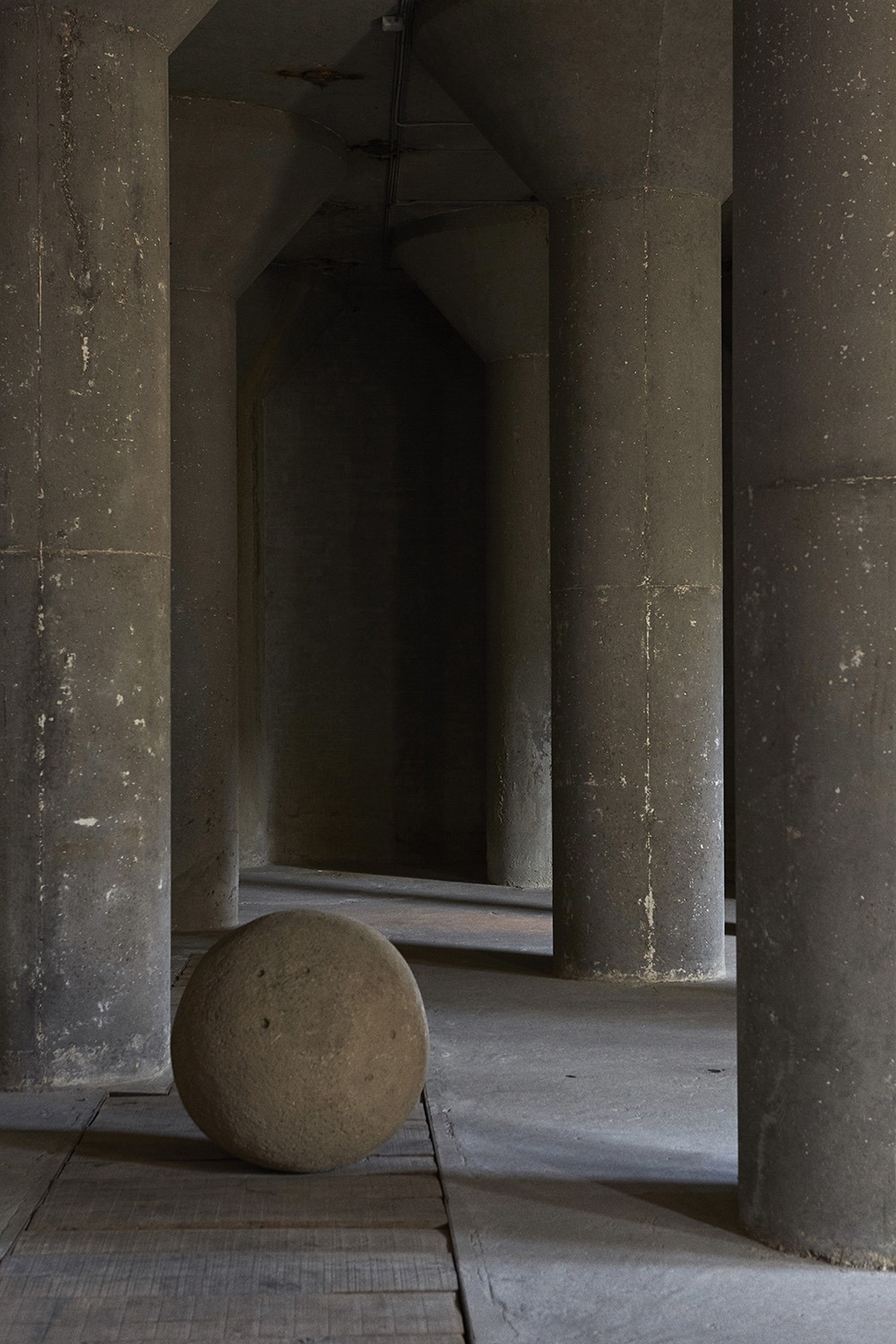

The additional exhibition spaces have been designed by Axel Vervoordt and the architect Tatsuro Miki. In the heart of Kanaal, the Axel Vervoordt Gallery has three different spaces, each with its own atmosphere, light and architecture.
The ground floor of the eight concrete silos houses a series of historical pieces selected by Axel Vervoordt that relate to artists represented by the Gallery and at the same time act as the company’s artistic manifesto.
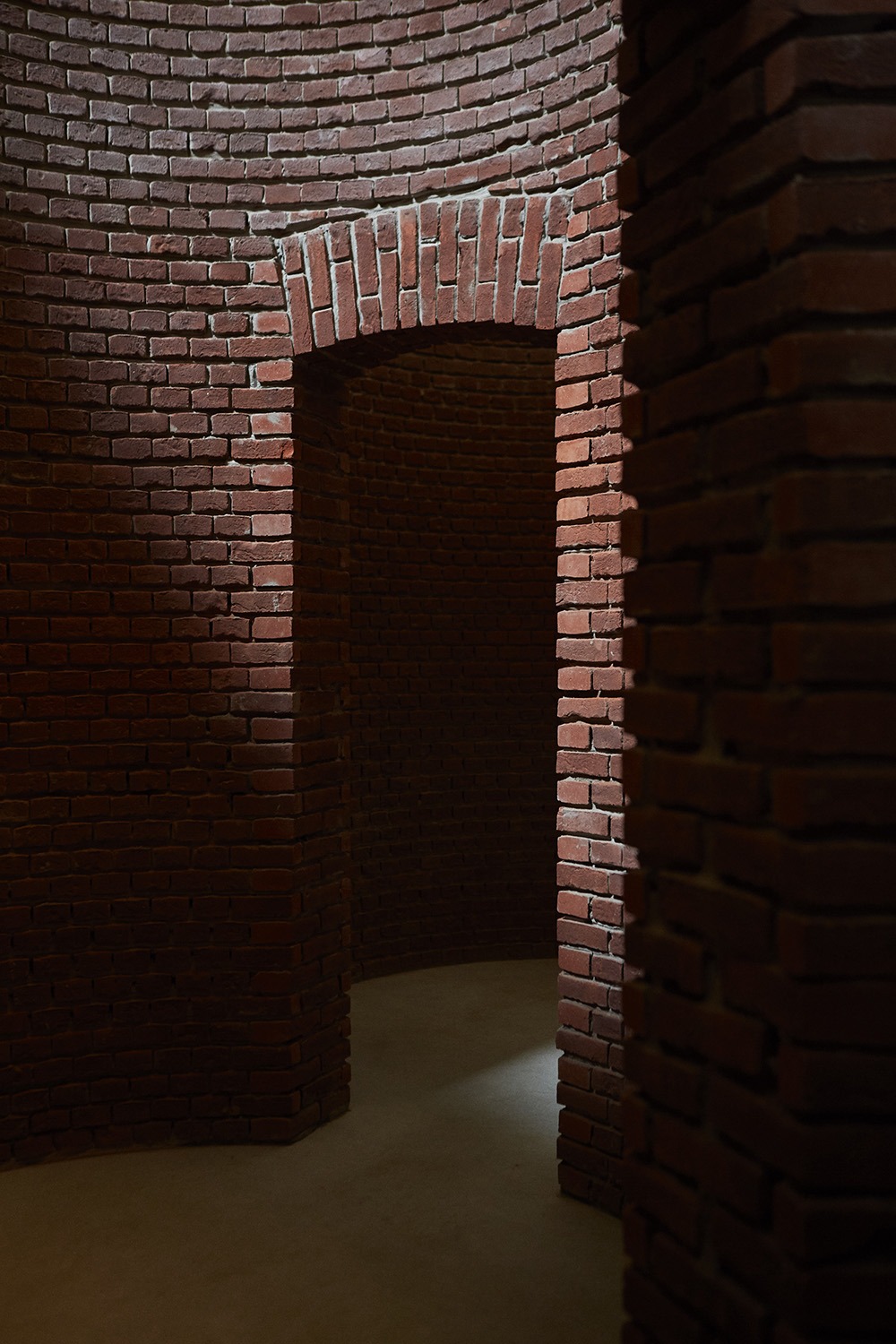
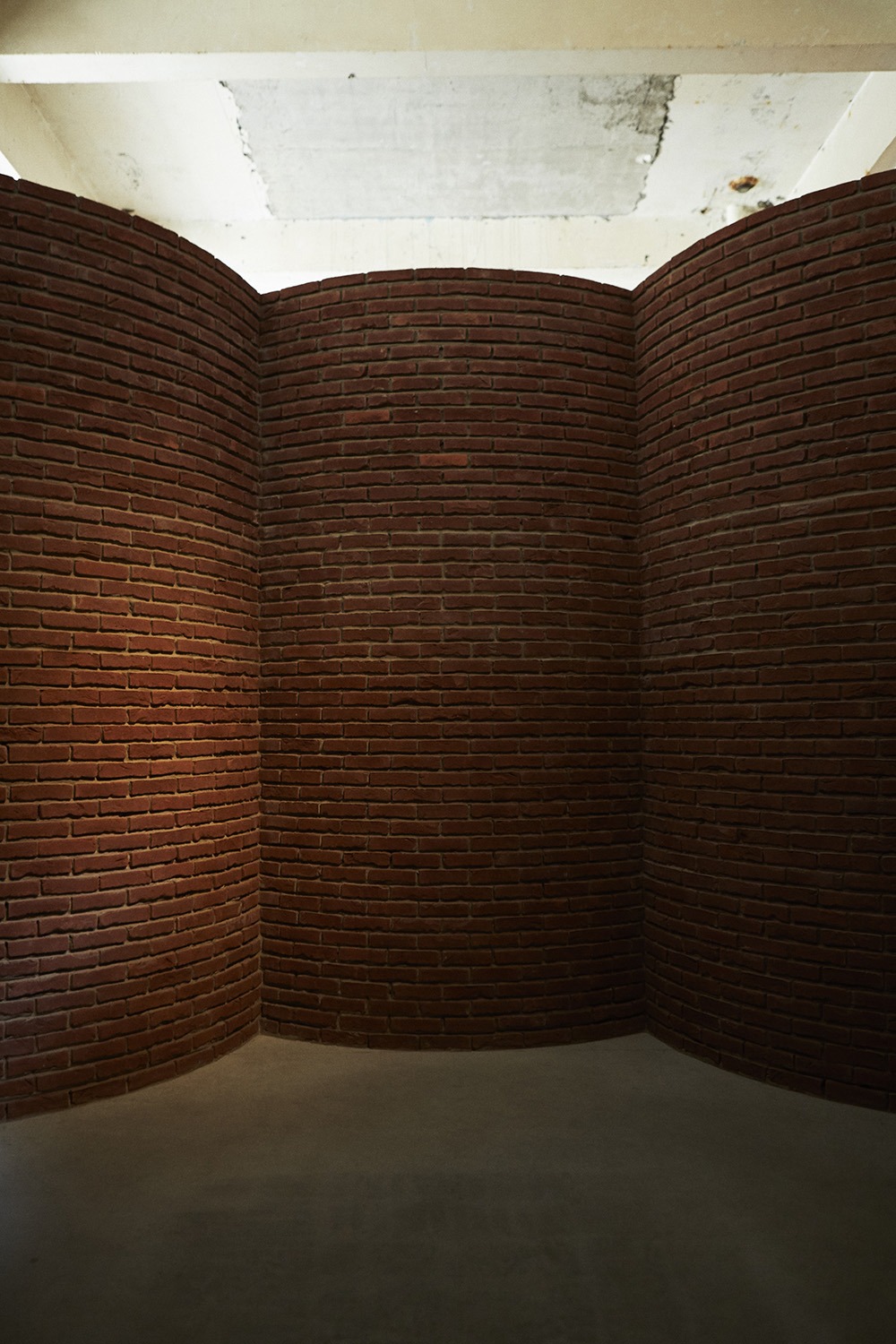
Since the start of development, several works of art from the Axel & May Vervoordt Foundation have already been installed on the site. These include the iconic collection of Monk-Dvaravati Buddha sculptures from the 7th and 8th centuries, Angkor Borei style, installed in the room of columns that support a new building of silos, called “Karnak”. Located at the center of the entire Kanaal site is Anish Kapoor’s massive 1998 dome installation “At the Edge of the World”.
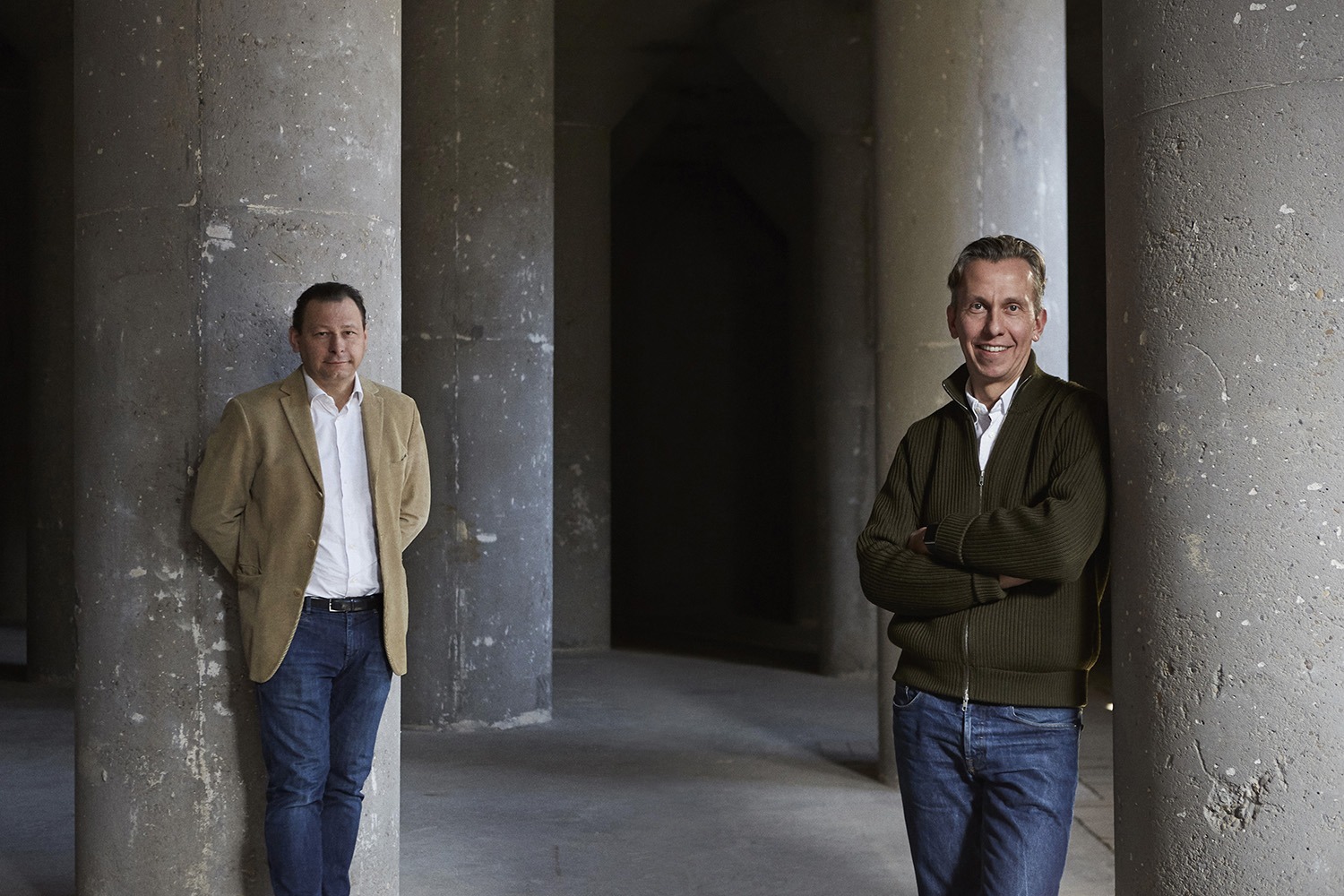
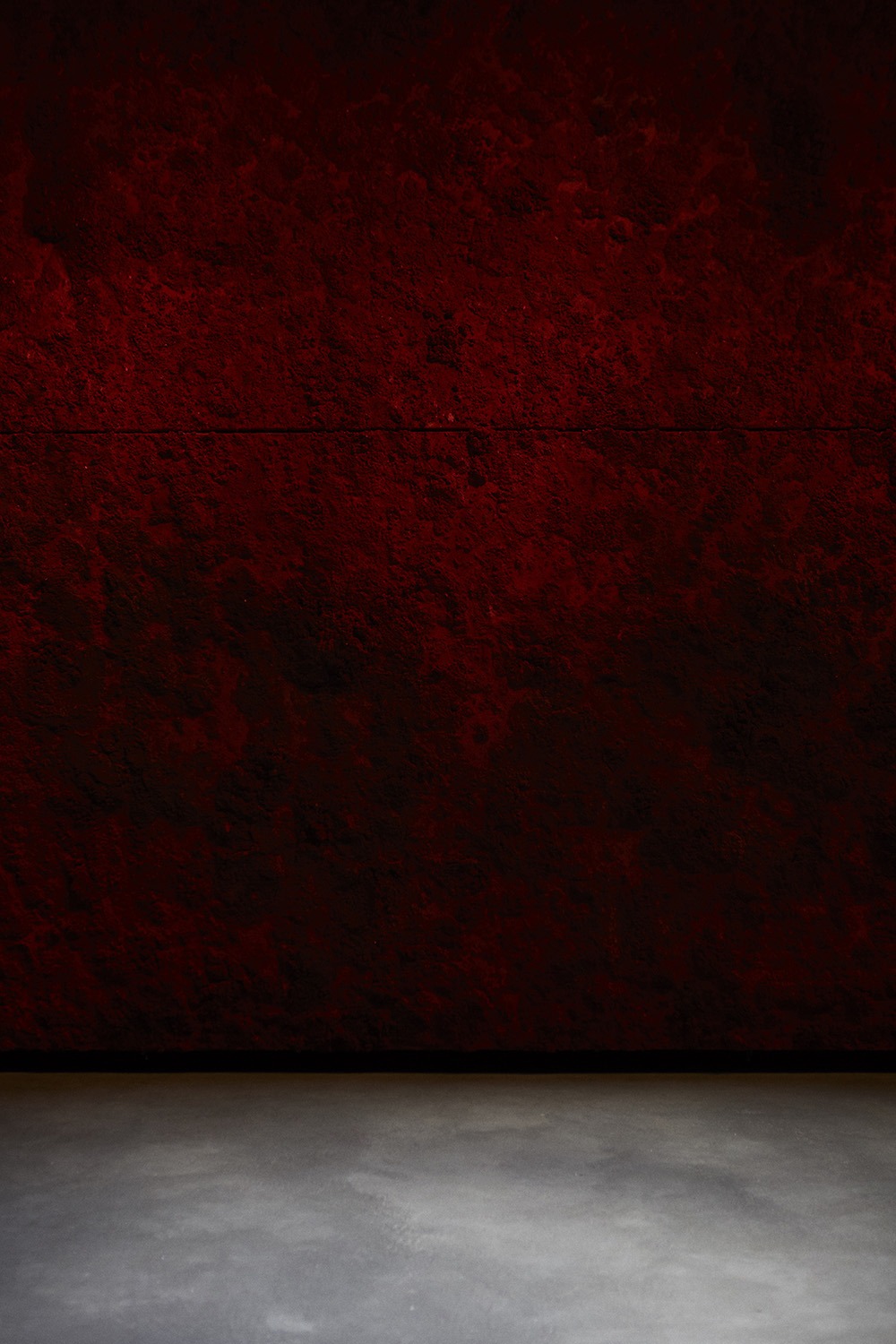
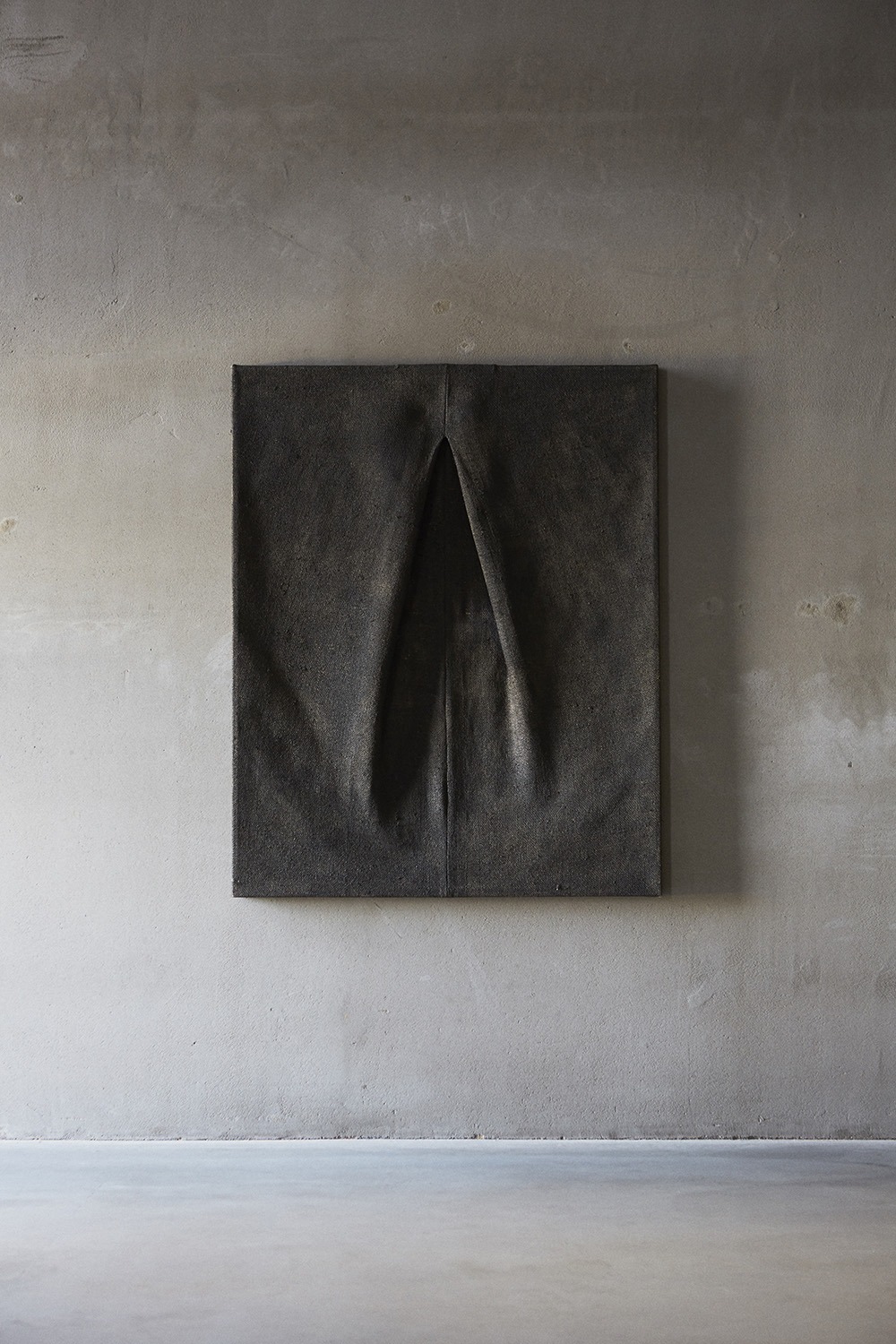
The Foundation also promotes art and education, including curatorial think tanks, artist talks and lectures that take place in the auditorium of Kanaal. The musical events and concerts are part of a programme called Inspiratum, created with the mission of presenting world-class live music in an intimate setting. Beloved by a panel of experts from the world of classical and contemporary music, Inspiratum works to fulfill this ambition through a program of events and concerts that allow discovering good music in extraordinary places. Axel Vervoordt is the president of this organization and Koen Kessels and Giulio d’Alessio are the artistic directors.
Kanaal project summarizes the feeling Axel brings to his interiors, inviting us to a world full of grace, sophistication, culture and commitment.
